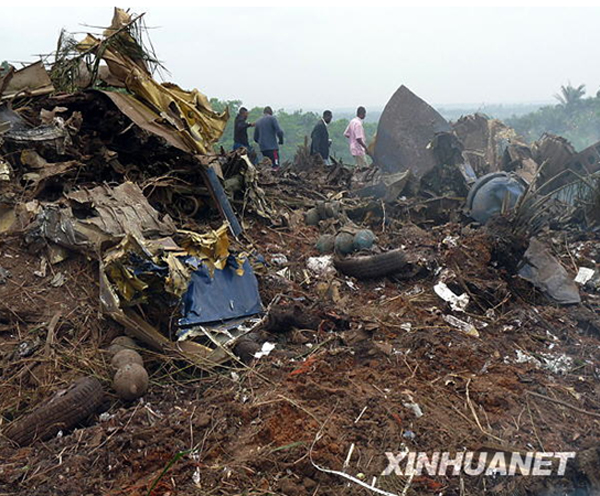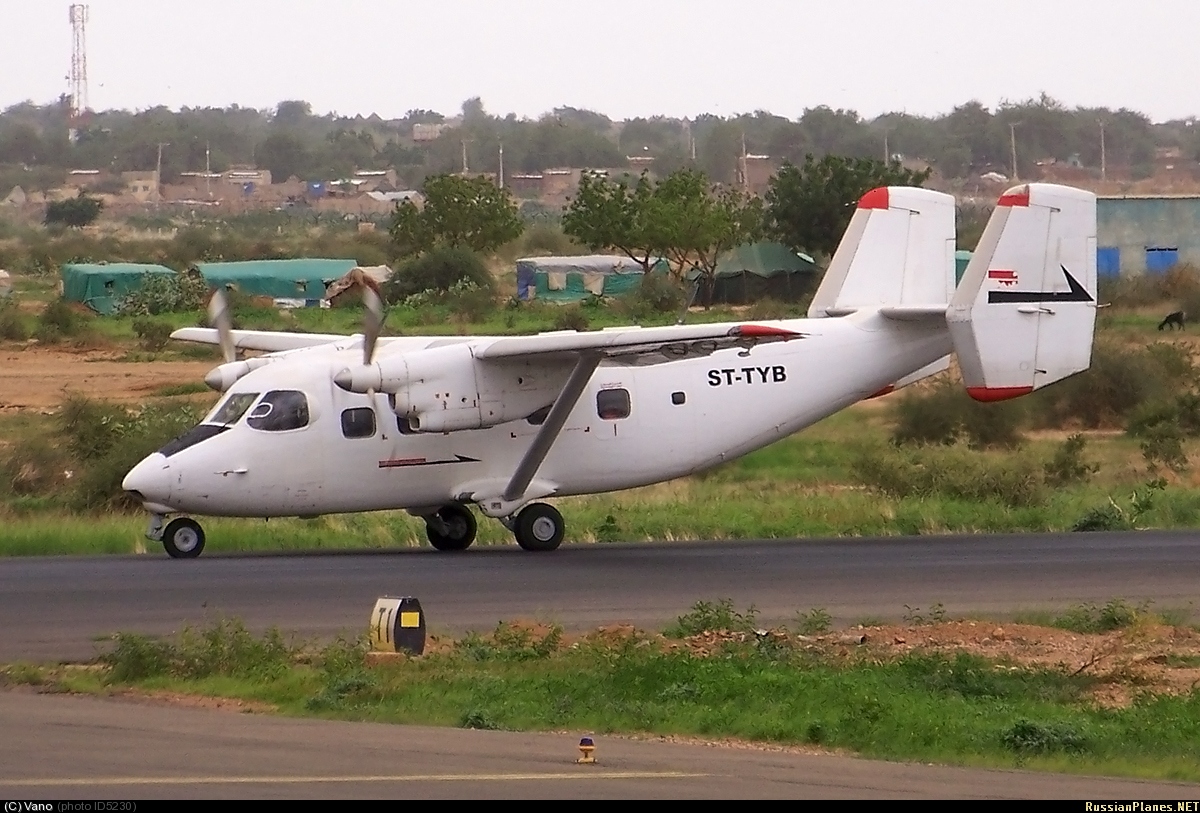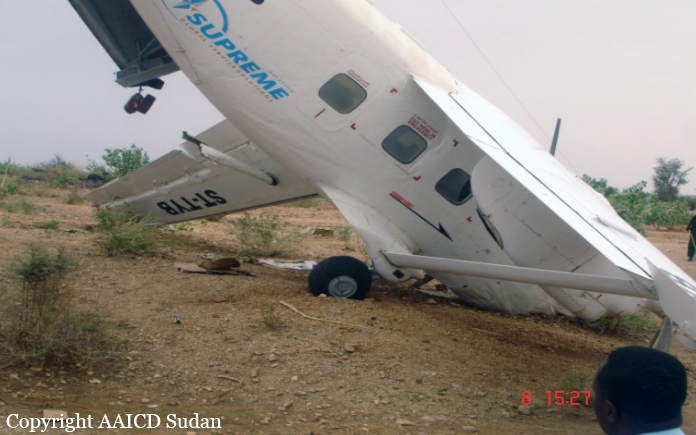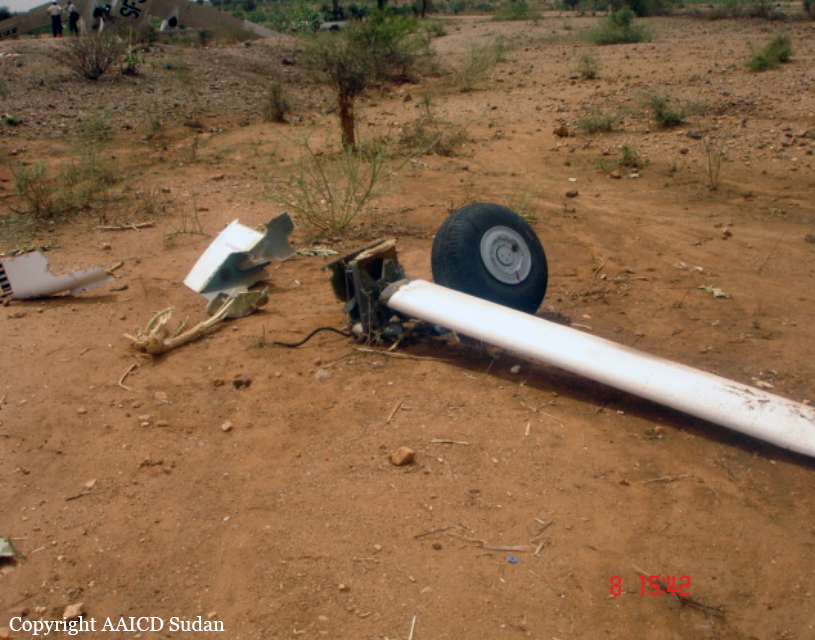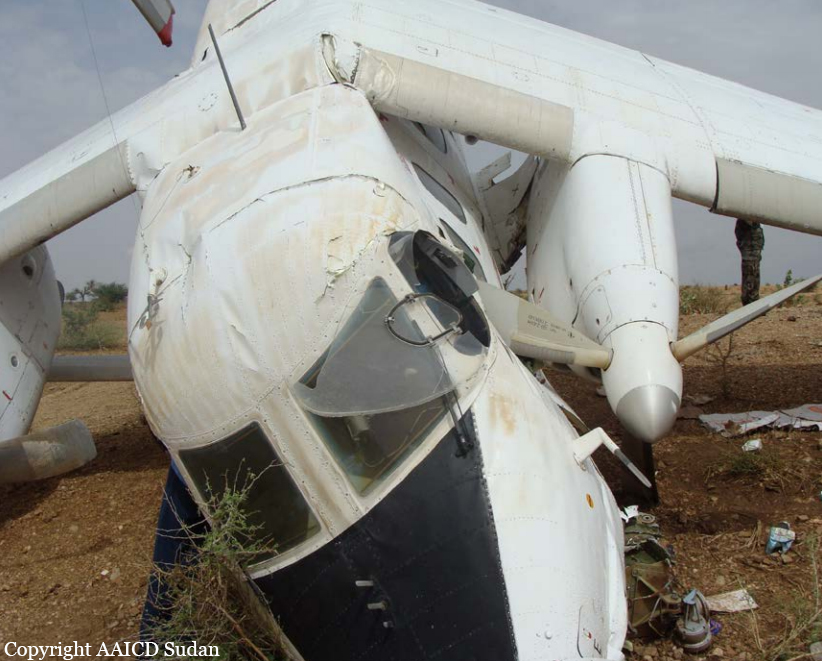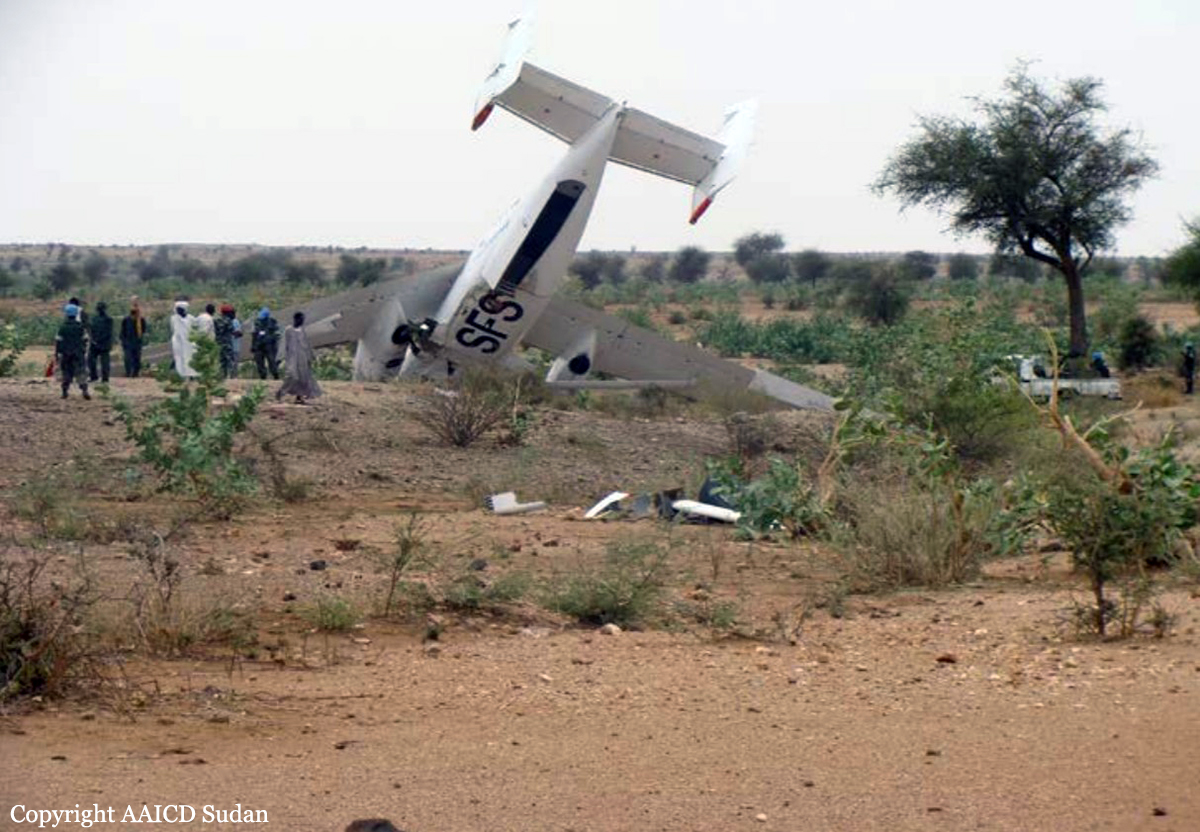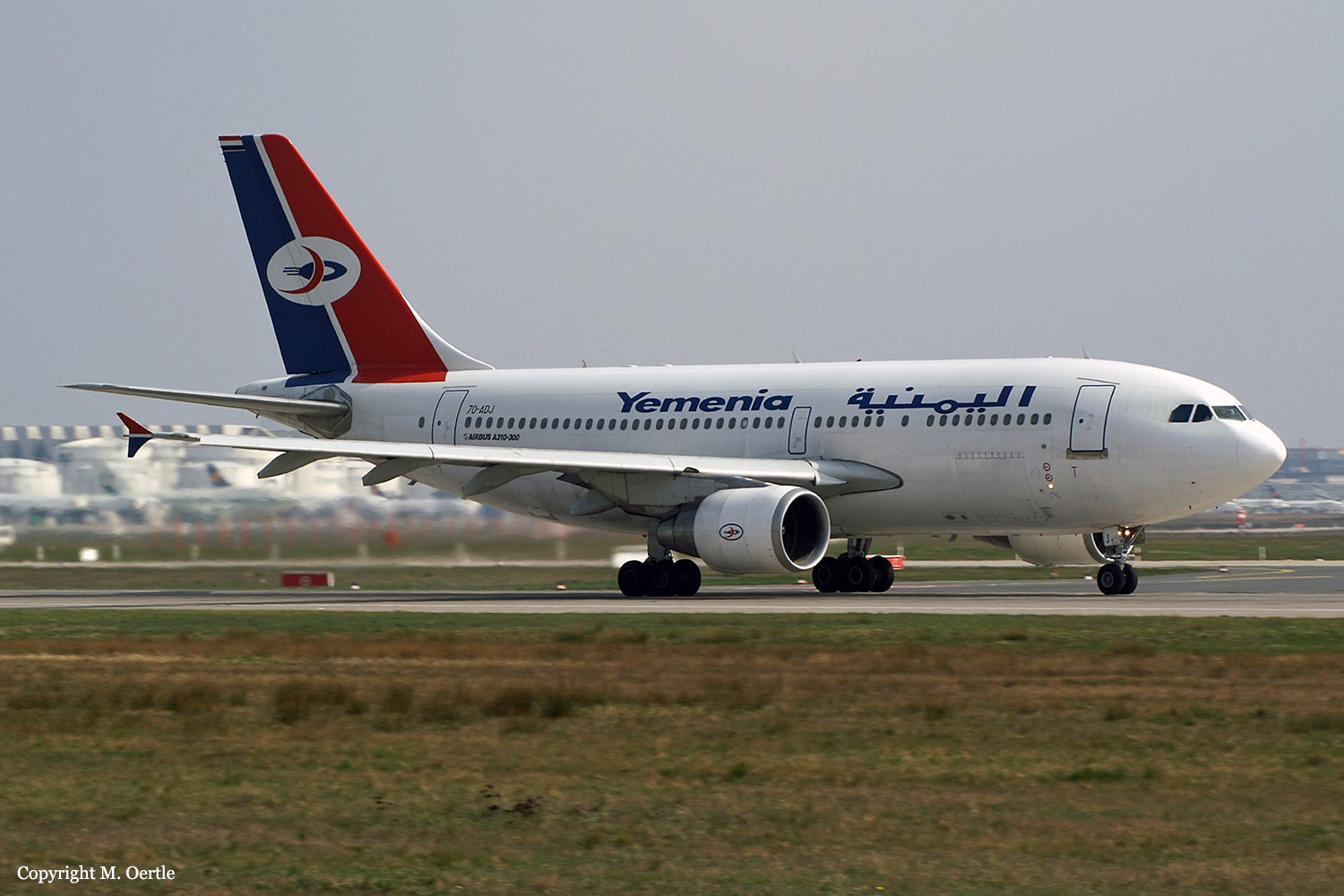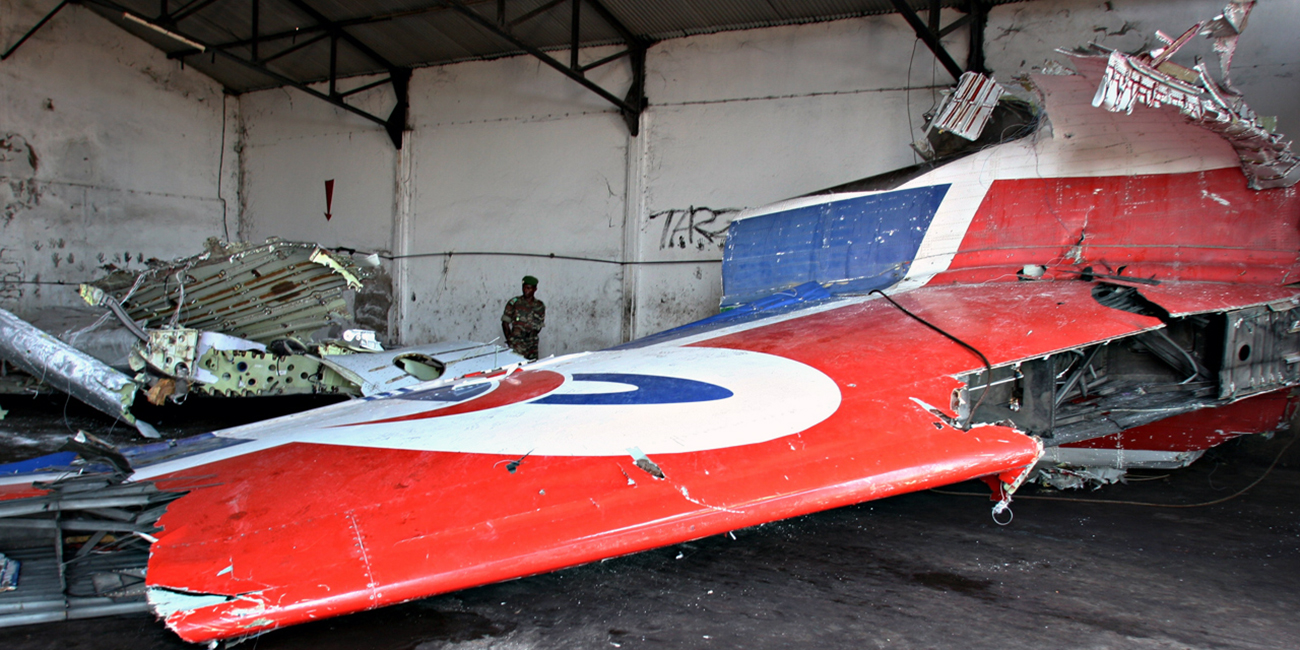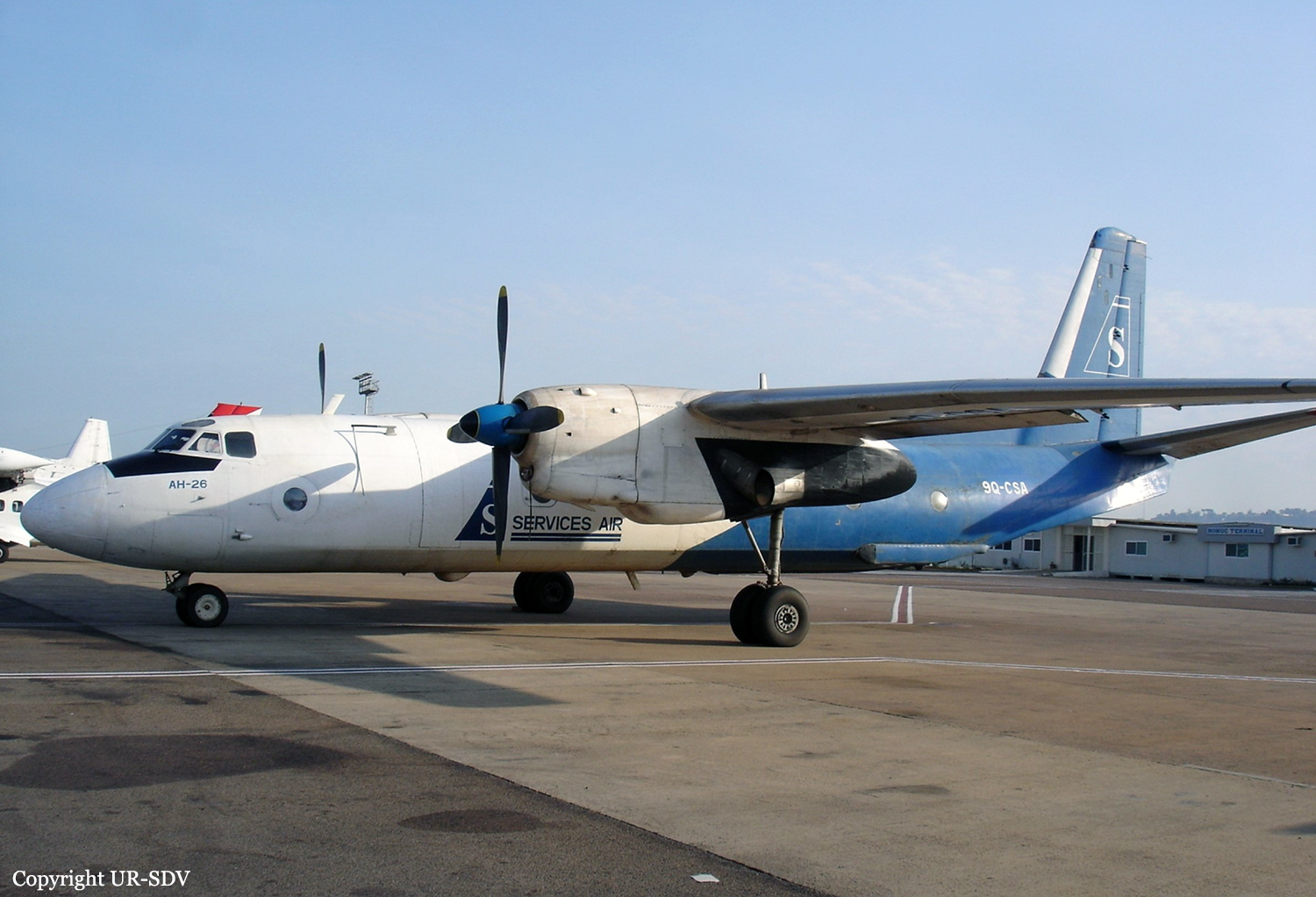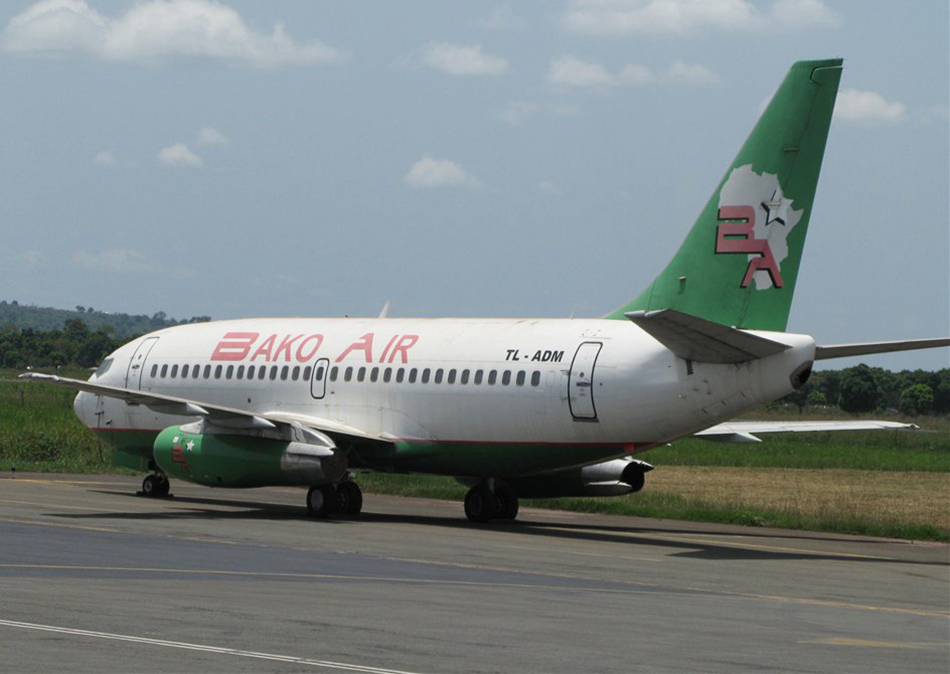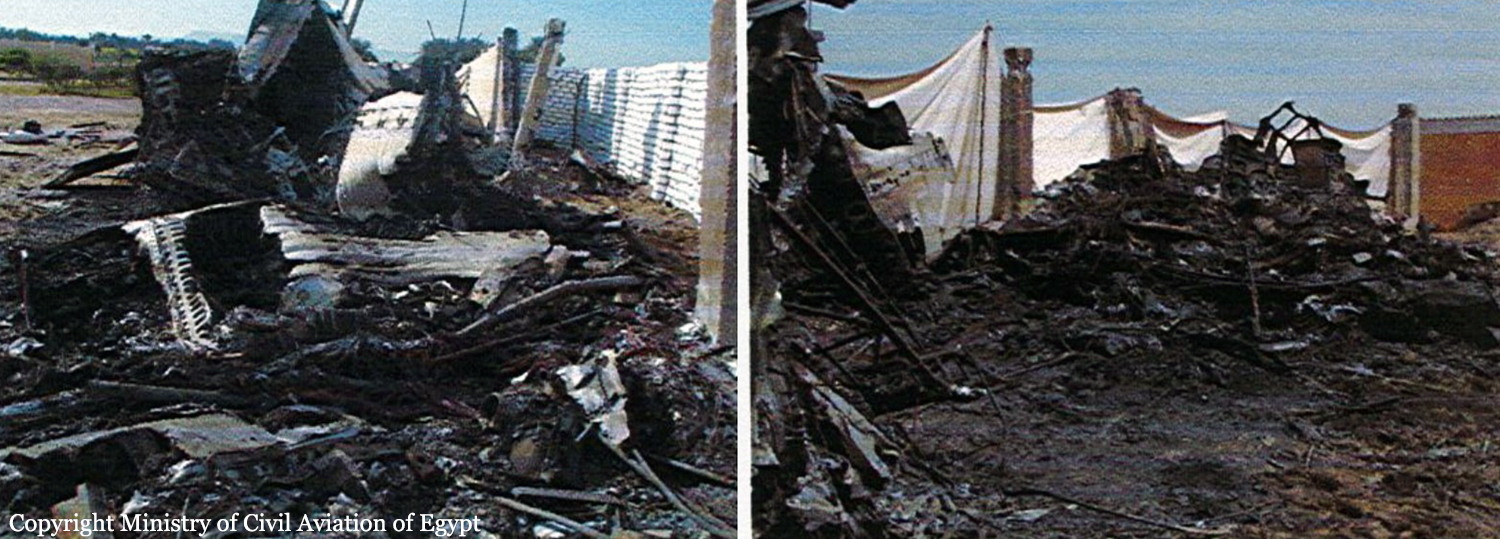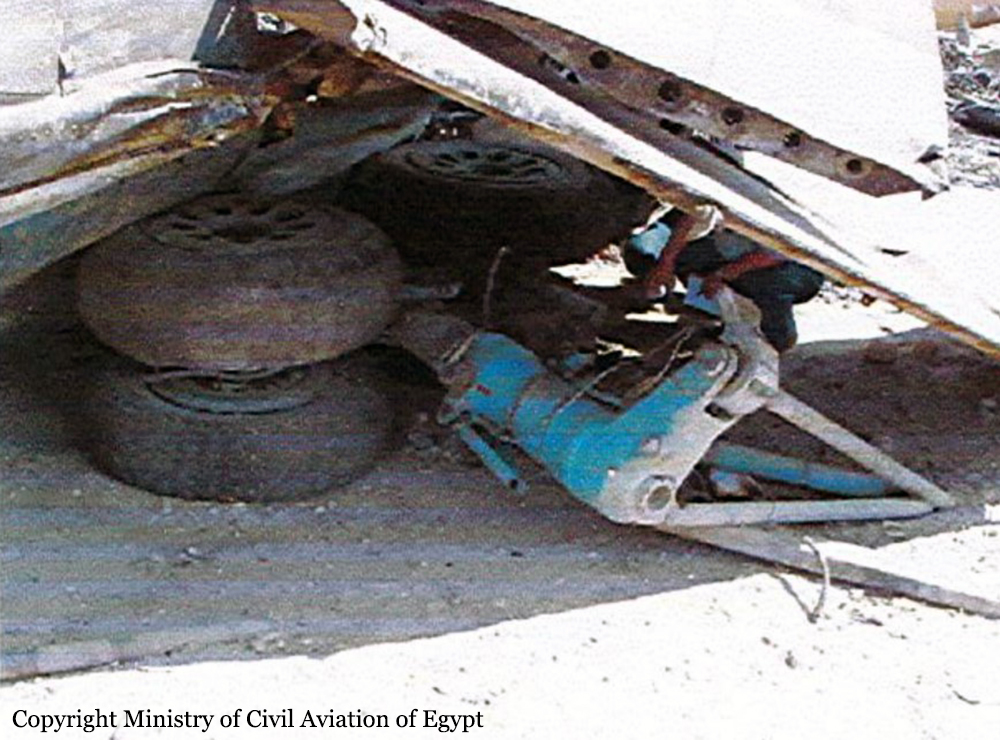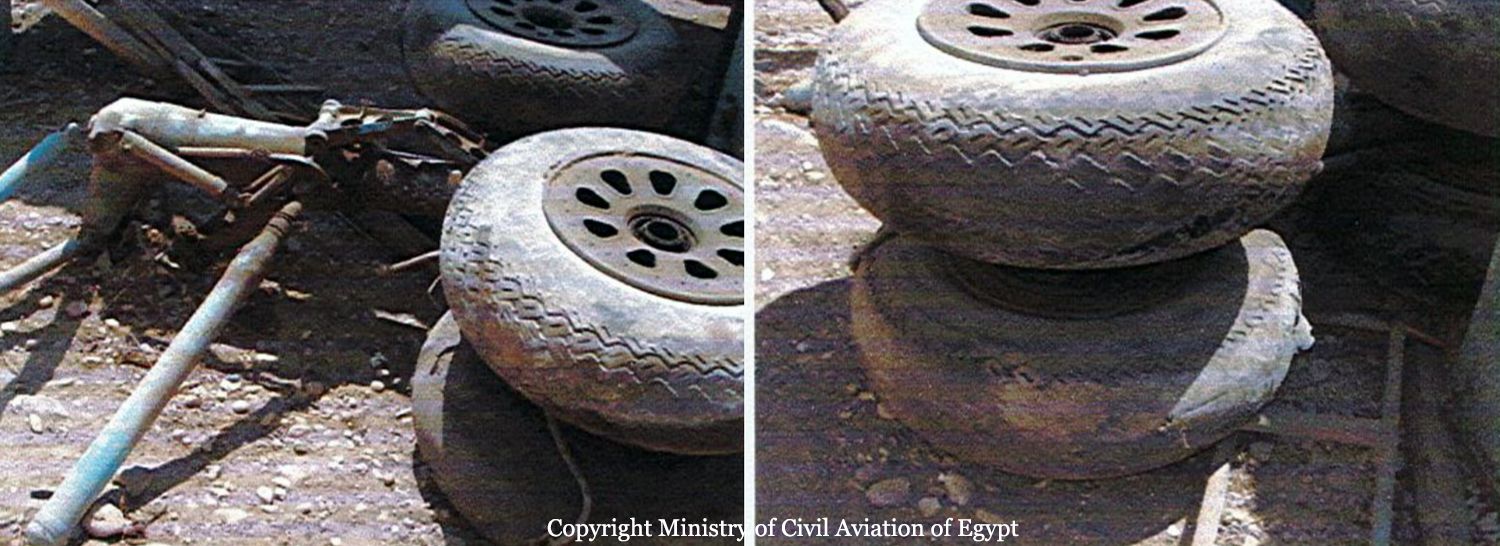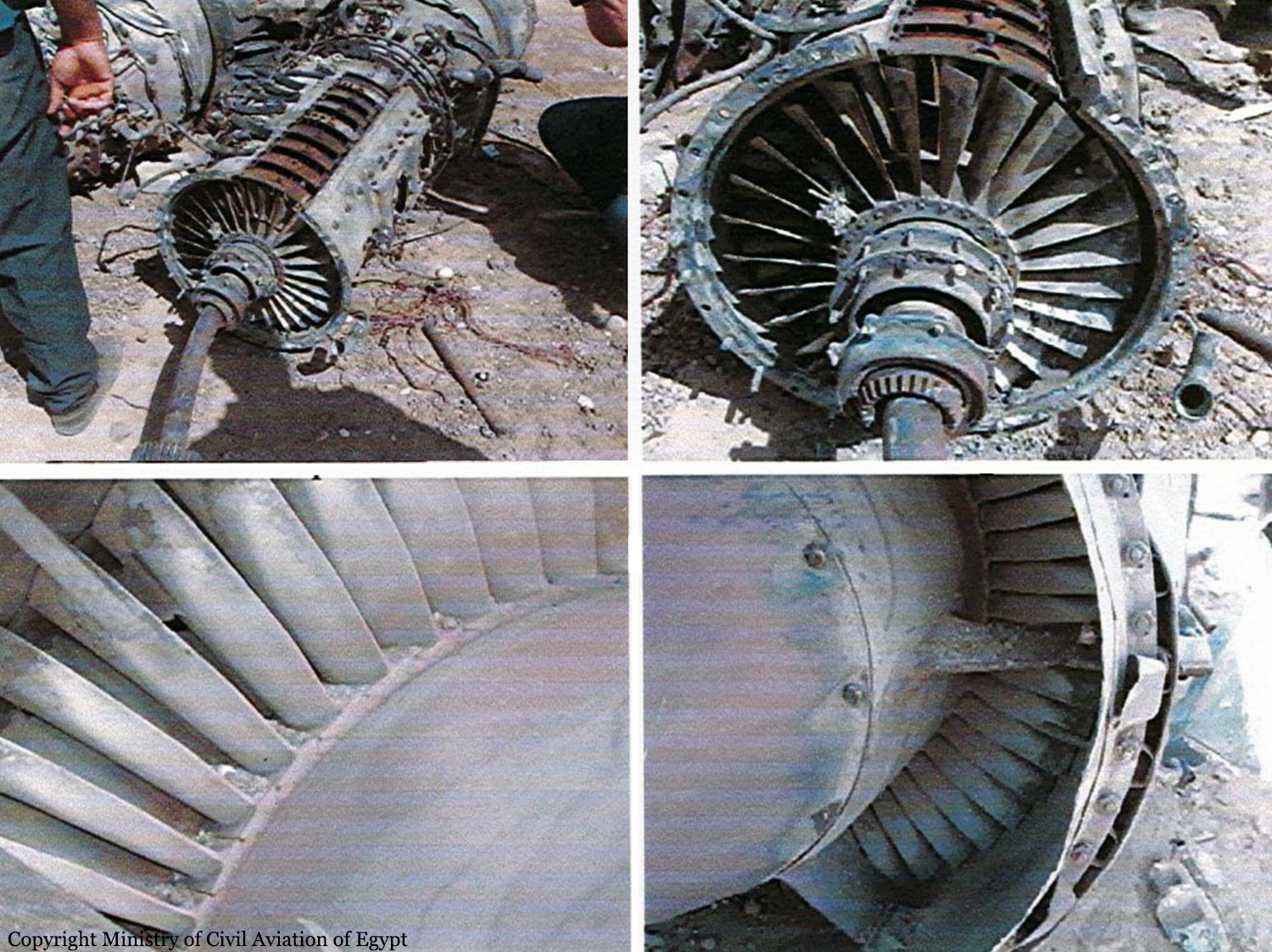Crash of an Antonov AN-12BK in Brazzaville: 6 killed
Date & Time:
Aug 26, 2009 at 0500 LT
Registration:
TN-AIA
Survivors:
No
Schedule:
Pointe-Noire – Brazzaville
MSN:
6 3 446 07
YOM:
1966
Crew on board:
5
Crew fatalities:
Pax on board:
1
Pax fatalities:
Other fatalities:
Total fatalities:
6
Circumstances:
The aircraft departed Pointe-Noire Airport at 0400LT on a cargo flight to Brazzaville, carrying one passenger, five crew members and a load consisting of food, one minibus and three cars. On final approach by night to Brazzaville-Maya Maya Airport, at an altitude of about 2,000 feet, the four engine aircraft went out of control and crashed near Nganga Lingolo, 11 km short of runway 05. The aircraft was totally destroyed and all six occupants were killed.

